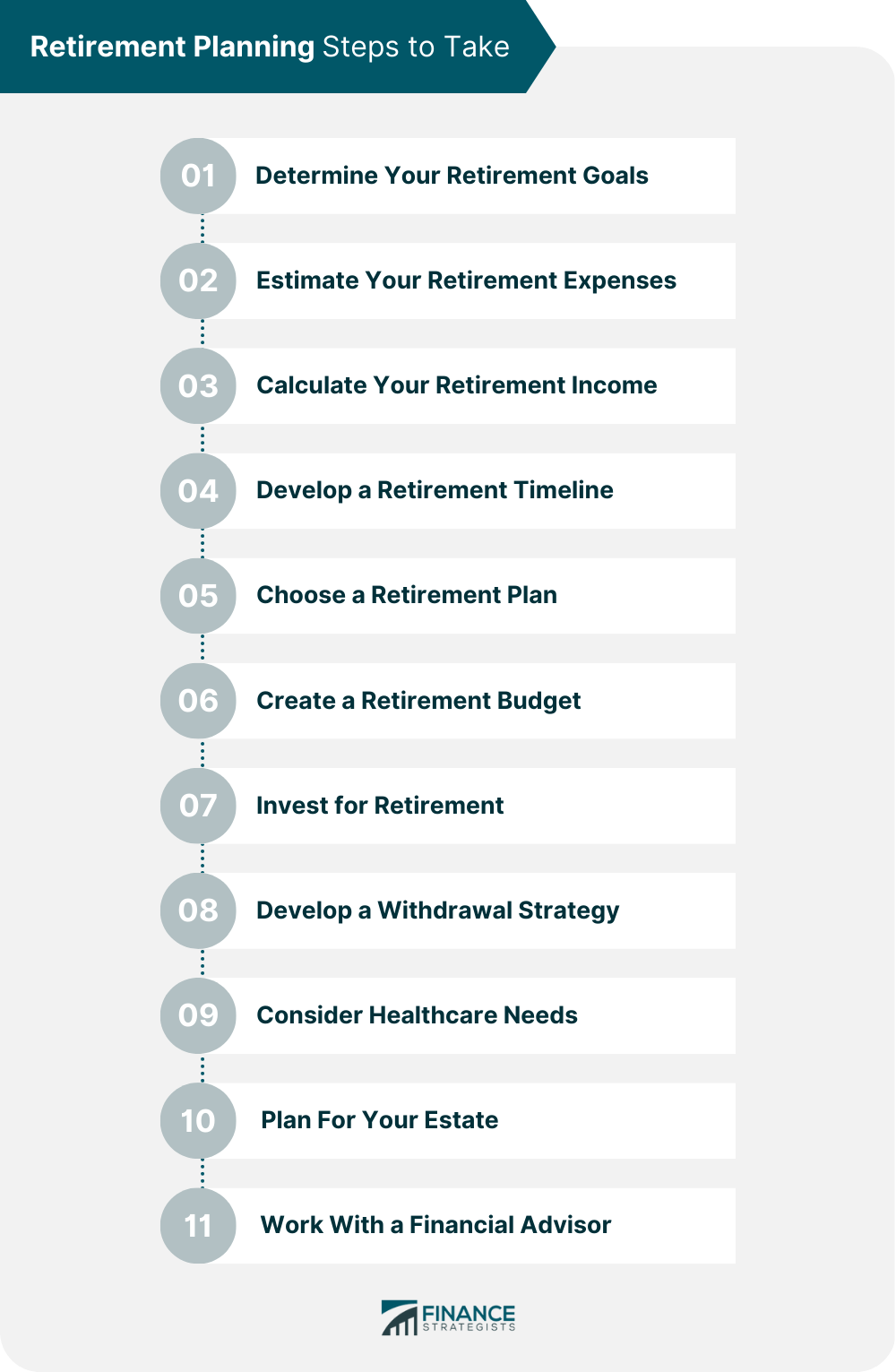
Retirement is a phase of life that many of us look forward to. It is a time when we can finally sit back, relax, and enjoy the fruits of our labor. However, in order to ensure a comfortable and worry-free retirement, it is essential to plan ahead and make the right financial decisions.
Two common retirement benefits that often confuse individuals are the Provident Fund and Pension. While both schemes aim to provide financial security during retirement, they differ in various aspects. In this article, we will explore the difference between Provident Fund and Pension, and help you understand the best options for your retirement.
Understanding the Provident Fund
The Provident Fund (PF), also known as a retirement fund, is a scheme that allows employees to contribute a portion of their salary towards their retirement savings. The contributions made by employees are typically matched by their employers, leading to an accumulation of a substantial corpus over time. The funds are invested in a variety of financial instruments, such as stocks, bonds, and mutual funds, with the aim of generating returns and growing the retirement savings.
One key feature of the Provident Fund is that the accumulated amount is entirely owned by the employee. This means that when an employee retires, they receive the entire corpus along with the returns generated on their contributions. The amount can be withdrawn as a lump sum or utilized for purchasing an annuity to receive a regular income stream during retirement.
A Provident Fund offers several advantages. Firstly, it provides individuals with a sense of ownership and control over their retirement savings. Secondly, the funds are tax-exempt, meaning that the contributions made by employees and the returns generated are not subject to income tax. Lastly, the accumulated amount in a Provident Fund is safeguarded against inflation, as it grows over time through investment returns.
Exploring the Pension Scheme
The Pension Scheme, often referred to as a retirement pension, is a system in which individuals contribute a portion of their salary towards a pension fund. This fund is managed by the employer or a pension fund manager, who is responsible for investing the contributions and providing a regular income stream to the employees upon retirement.
Unlike the Provident Fund, where the accumulated amount is entirely owned by the employee, the Pension Scheme provides a fixed income to retirees based on a formula set by the employer or the pension fund manager. This formula typically takes into account factors such as the employee’s salary and years of service. The pension amount is paid in regular intervals, such as monthly, quarterly, or annually.
The Pension Scheme offers the advantage of providing a steady income stream throughout retirement. This can be particularly beneficial for individuals who prefer a predictable monthly income to cover their expenses. Additionally, the Pension Scheme eliminates the risk of outliving one’s savings, as the income continues to be paid for the duration of the retiree’s life.
The Key Differences
Now that we have explored the basics of Provident Fund and Pension, let’s delve deeper into the key differences between the two retirement benefits:
- Ownership: In a Provident Fund, the accumulated amount is owned entirely by the employee, while in a Pension Scheme, the pension amount is provided by the employer or pension fund manager.
- Flexibility: A Provident Fund provides individuals with the flexibility to withdraw the entire accumulated amount as a lump sum or utilize it to purchase an annuity. In contrast, the Pension Scheme offers a fixed income stream throughout retirement, without the option of a lump sum withdrawal.
- Taxation: Contributions made to a Provident Fund are tax-exempt, meaning that they are not subject to income tax. However, the income received from a Pension Scheme is generally taxable.
- Risk: A Provident Fund exposes individuals to investment risk, as the returns on the accumulated amount depend on the performance of the underlying investments. On the other hand, the Pension Scheme eliminates investment risk, as the income is provided by the employer or pension fund manager.
- Portability: Provident Funds are generally portable, meaning that an employee can transfer their accumulated amount from one employer to another. In contrast, the portability of a Pension Scheme depends on the specific rules and regulations of the scheme.
- Survivor Benefits: In the event of the employee’s death, a Provident Fund typically provides survivor benefits to the employee’s dependents. However, the availability of survivor benefits in a Pension Scheme may vary depending on the specific terms and conditions.
Which Option is Right for You?
Choosing between a Provident Fund and a Pension Scheme depends on various factors, including your personal preferences, financial goals, and risk tolerance. Here are a few points to consider:
- Control and Flexibility: If you value ownership and control over your retirement savings, a Provident Fund may be the right choice. It allows you to withdraw the accumulated amount as a lump sum, providing flexibility in managing your finances during retirement.
- Steady Income: If you prefer a predictable income stream to cover your expenses throughout retirement, a Pension Scheme may be suitable. It provides a fixed income, eliminating the need to worry about managing your investments.
- Tax Considerations: If you want to minimize your tax liability during retirement, a Provident Fund may be beneficial, as the contributions and returns are generally tax-exempt. However, it is essential to consider the overall tax implications based on your specific jurisdiction.
- Risk Appetite: If you are comfortable with investment risk and believe in the potential for higher returns, a Provident Fund can provide an opportunity to grow your retirement savings through investments. However, if you prefer a safer and more stable option, a Pension Scheme may be more suitable.
Conclusion
When it comes to retirement benefits, choosing between a Provident Fund and a Pension Scheme requires careful consideration of various factors. While both options aim to provide financial security during retirement, they differ in terms of ownership, flexibility, taxation, risk, portability, and survivor benefits. It is crucial to evaluate your personal preferences and financial goals to make an informed decision that aligns with your retirement aspirations.
Remember, planning for retirement is not a one-size-fits-all approach. It is advisable to consult with a financial advisor or retirement planning expert who can provide personalized guidance based on your individual circumstances. Start planning today, and pave the way for a comfortable and financially secure retirement.




